It’s a bit sudden after yesterday’s Klimt coin reveal to be heading into art territory again, but we’ve had this one a while and it contains representations of art from one of hstory’s all time great masters, Michaelangelo Buonarroti. It helps that it’s also one of the finest sets of art coins we’ve seen to date, completely devoid of colour and especially, crystal insets.
With seven coins, each weighing two-ounces, the set tops up at almost half a kilo in weight, and with only 450 units being struck to honour the 450th anniversary of the death of this amazing artist, it’s plainly obvious this is a high-end one. Cementing that observation is the standard of presentation employed for it. Displayed in a solid acyrilic block which is packaged in a sumptuous wooden case, it’s a superb looking retrospective of Michaelangelo’s best sculptures.
The producer of the coin, European coin company MNI, is responsible for quite a few premium quality, low-run coin releases. Amongst some of their best are the Kitagawa Utamaro ‘Geishas’, the ‘Fresco Under the Dome’ coins (article soon), ‘Mona Lisa Sisters’ and the hefty ‘Notre Dame’ set (soon to have a sequel). They also have a couple of new, less extreme coins coming out soon, one of which we think will be a big hit in the USA, and the other a hit with history buffs. Both looked great from early images.
There are a few dealers selling the set, including site advertiser Minted-UK, who fortunately seem to be one of the cheapest for it at £810 incl. tax for Europe (£675/$1000 elsewhere). They’re claiming that there are only 10 units left available from the mintage, not surprising given we were told by MNI that the bulk of the 300 mintage of the beautiful Geishas set was pre-sold to Japan and South Korea and these premium sets do have tremendous appeal outside of coin collectors. Available now.
The set is struck for a large European Distributor, MNI and captures seven of this incredible artists most outstanding sculptures in proof silver form. A quick look at the sculptures shows that the mint has done a terrific job in reproducing them in tw0 dimensional form. The seven subjects are;
MICHAELANGELO DI LODOVICO BUONARROTI SIMONI
More commonly known simply as Michelangelo (6 March 1475 – 18 February 1564), he was an Italian sculptor, painter, architect, poet, and engineer of the High Renaissance who exerted an unparalleled influence on the development of Western art. Considered the greatest living artist in his lifetime, he has since been held as one of the greatest artists of all time. Despite making few forays beyond the arts, his versatility in the disciplines he took up was of such a high order that he is often considered a contender for the title of the archetypal Renaissance man, along with his fellow Italian Leonardo da Vinci.
A number of his works in painting, sculpture, and architecture rank among the most famous in existence. His output in every field during his long life was prodigious; when the sheer volume of correspondence, sketches, and reminiscences that survive is also taken into account, he is the best-documented artist of the 16th century.
Two of his best-known works, the Pietà and David, were sculpted before he turned thirty. Despite his low opinion of painting, Michelangelo also created two of the most influential works in fresco in the history of Western art: the scenes from Genesis on the ceiling and The Last Judgment on the altar wall of the Sistine Chapel in Rome. As an architect, Michelangelo pioneered the Mannerist style at the Laurentian Library. At the age of 74 he succeeded Antonio da Sangallo the Younger as the architect of St. Peter’s Basilica. Michelangelo transformed the plan, the western end being finished to Michelangelo’s design, the dome being completed after his death with some modification.
In a demonstration of Michelangelo’s unique standing, he was the first Western artist whose biography was published while he was alive. Two biographies were published of him during his lifetime; one of them, by Giorgio Vasari, proposed that he was the pinnacle of all artistic achievement since the beginning of the Renaissance, a viewpoint that continued to have currency in art history for centuries.
In his lifetime he was also often called Il Divino (“the divine one”). One of the qualities most admired by his contemporaries was his terribilità, a sense of awe-inspiring grandeur, and it was the attempts of subsequent artists to imitate Michelangelo’s impassioned and highly personal style that resulted in Mannerism, the next major movement in Western art after the High Renaissance.
Source: Wikipedia
| SPECIFICATION PER COIN | |
|---|---|
| DENOMINATION | $10 NEW ZEALAND |
| COMPOSITION | 0.999 SILVER |
| WEIGHT | 62.20 g |
| SIZE | 36.0 x 48.0 mm |
| FINISH | PROOF |
| MINTAGE | 450 |
| BOX / COA | YES / YES |


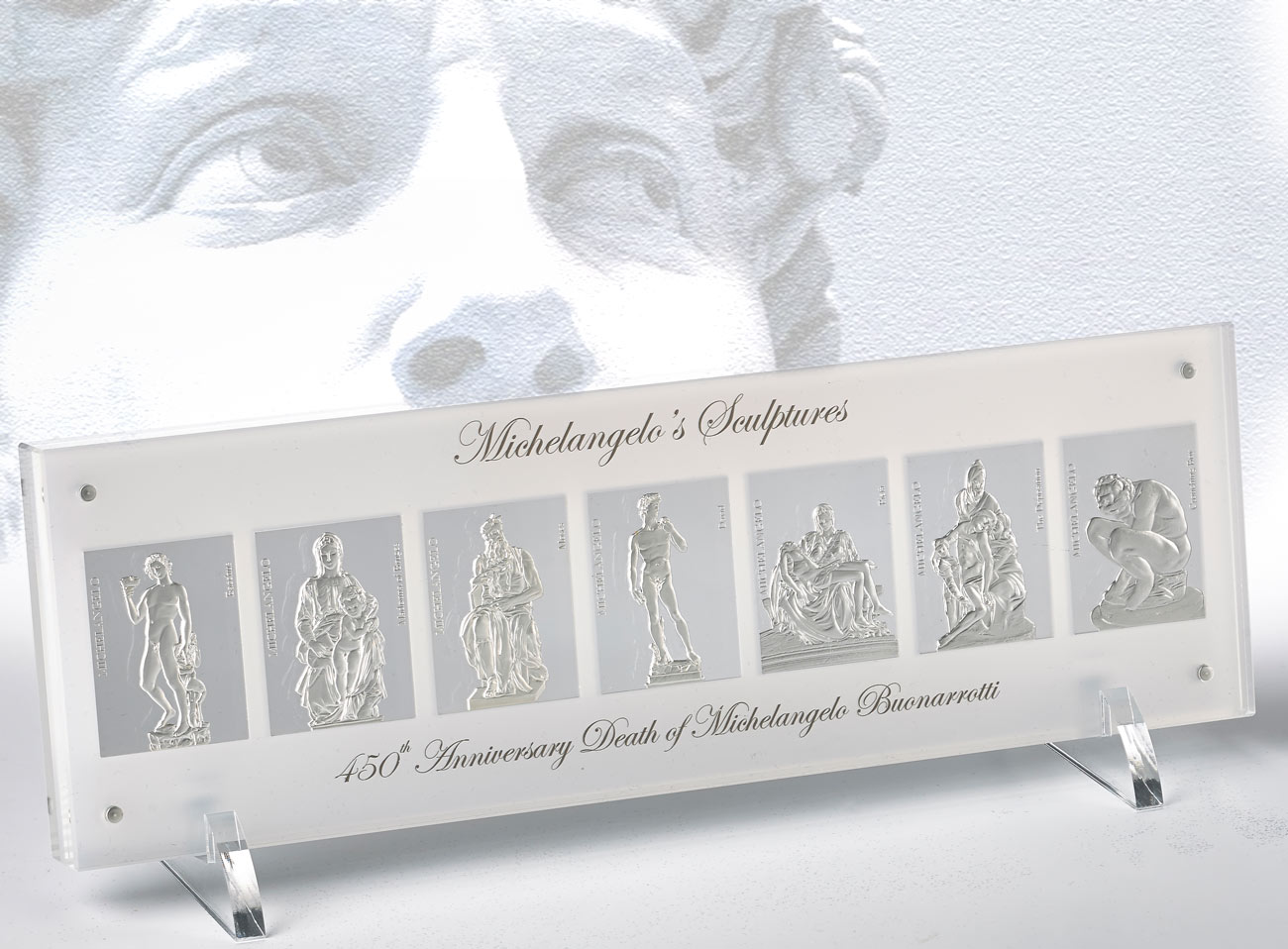
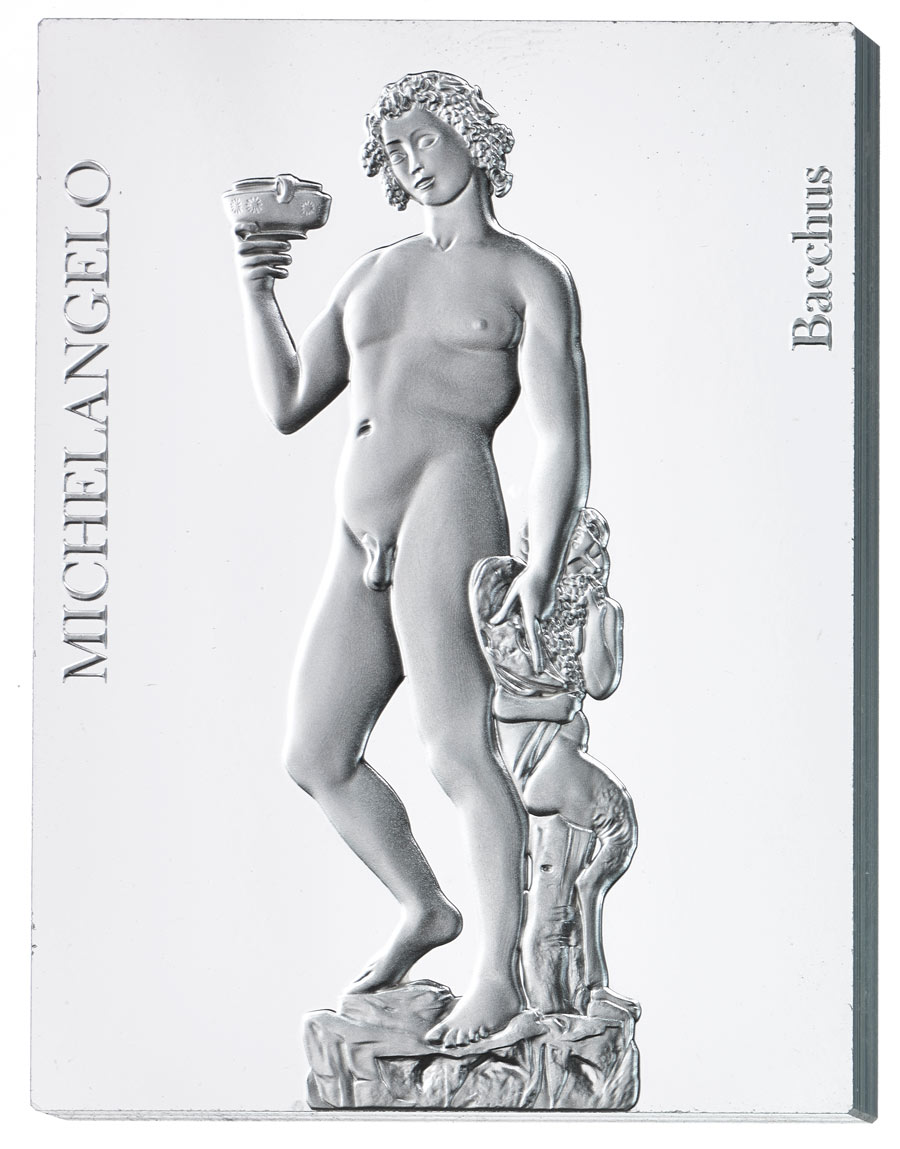

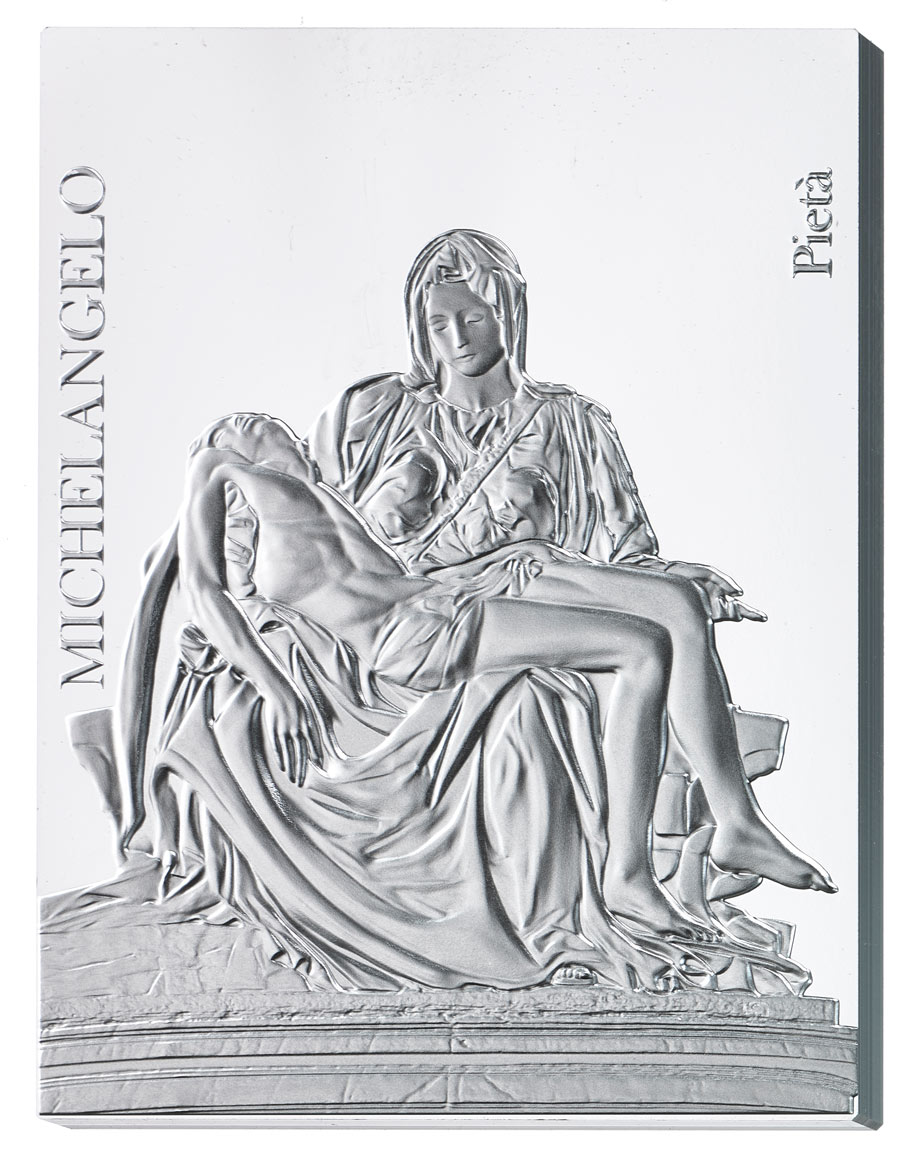
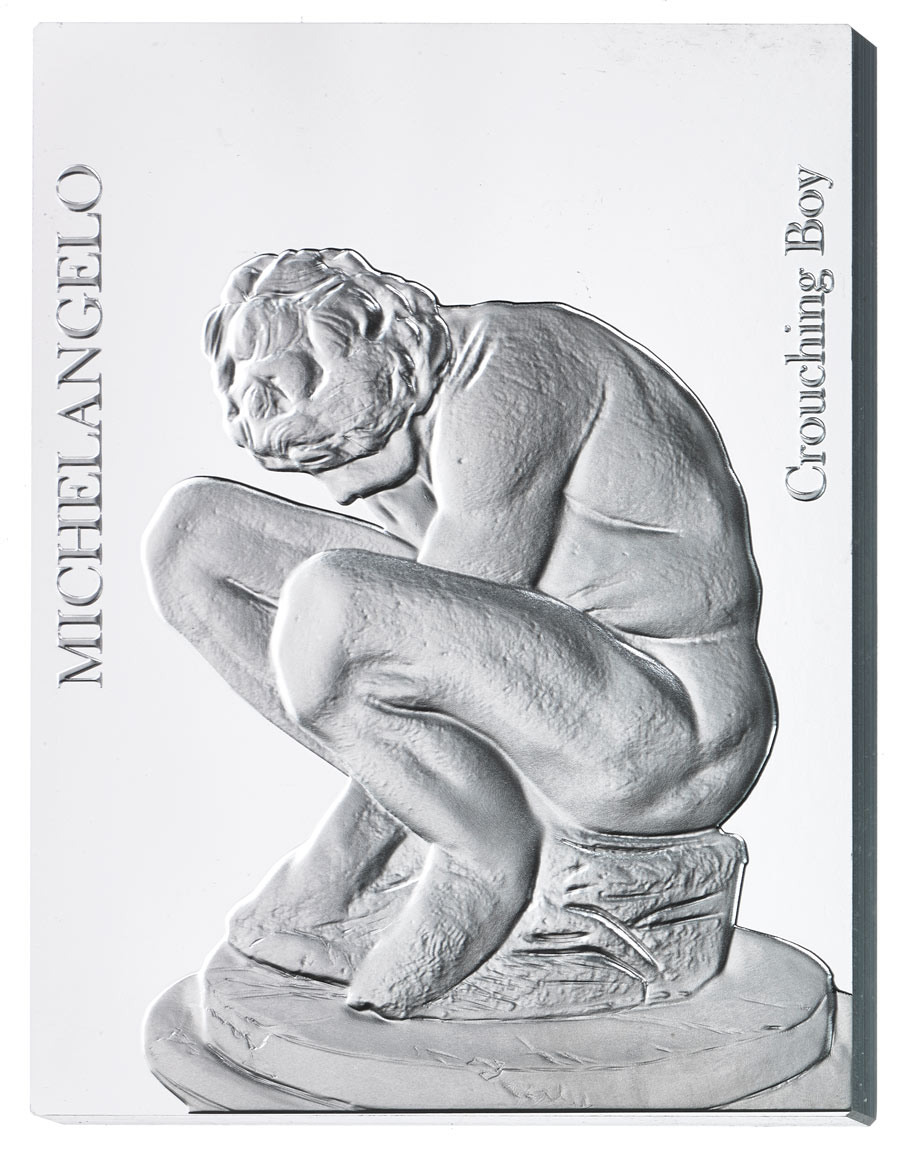
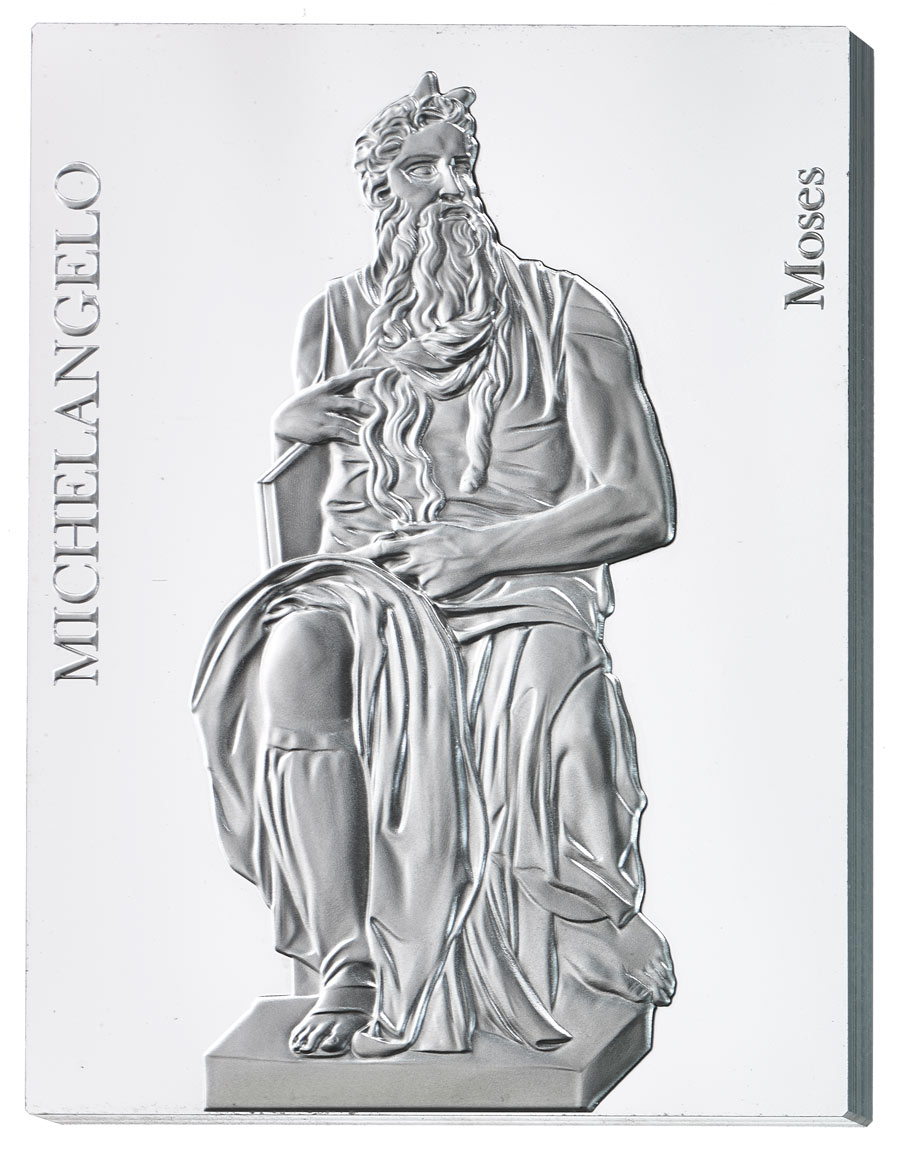
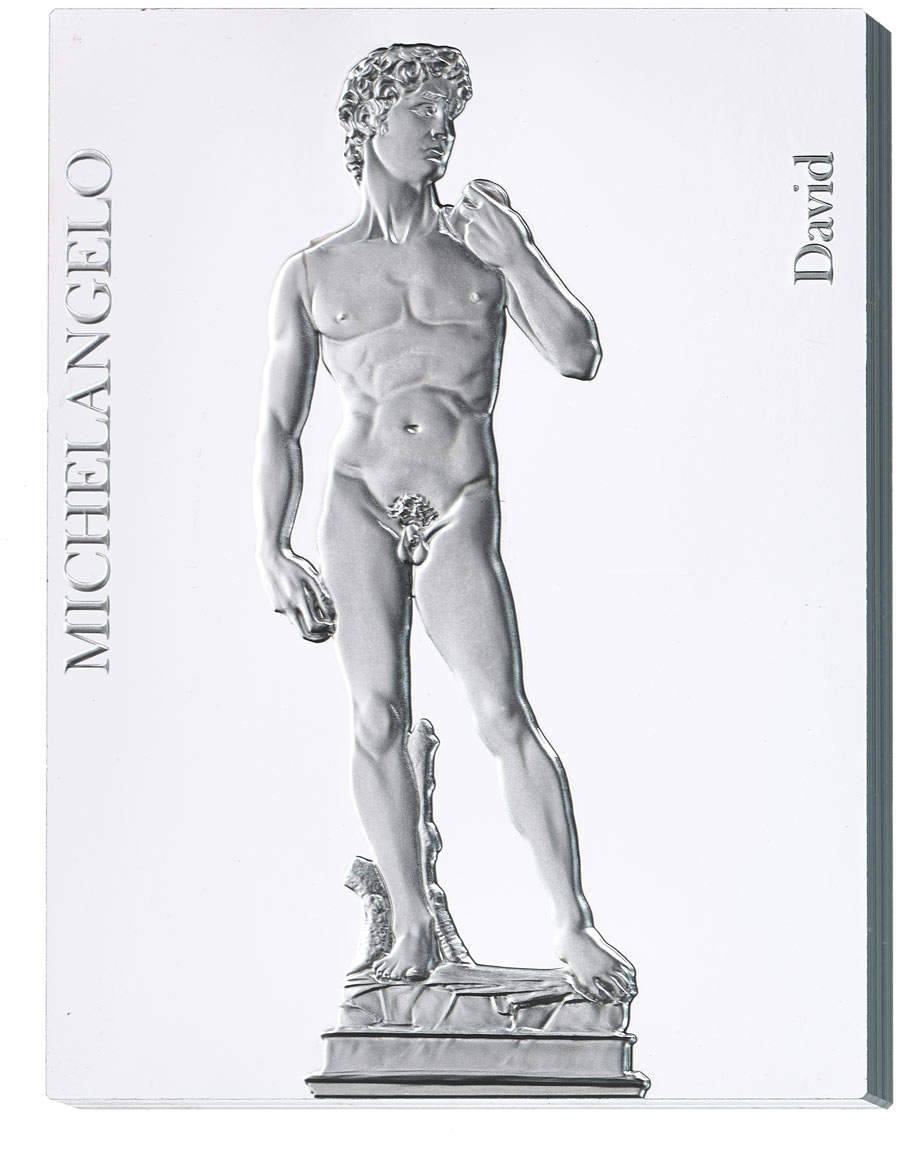
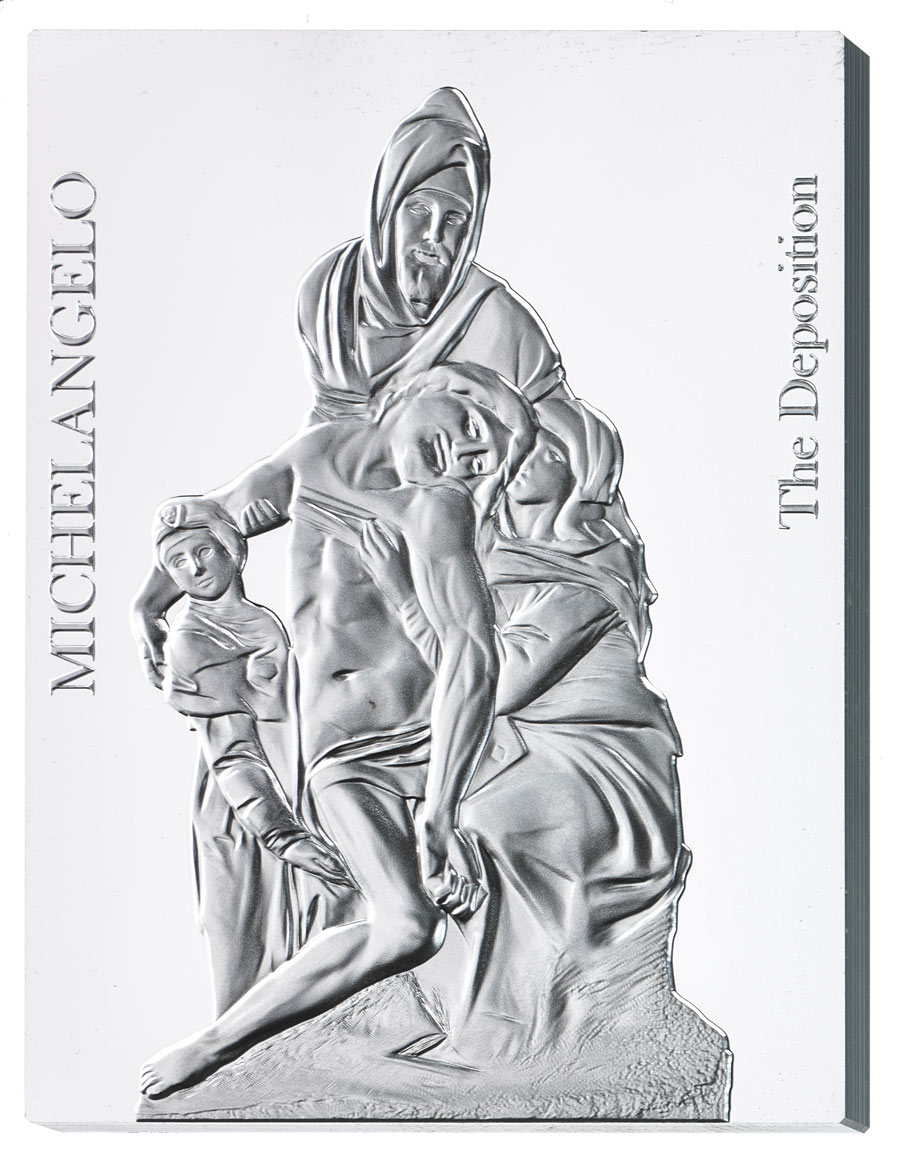
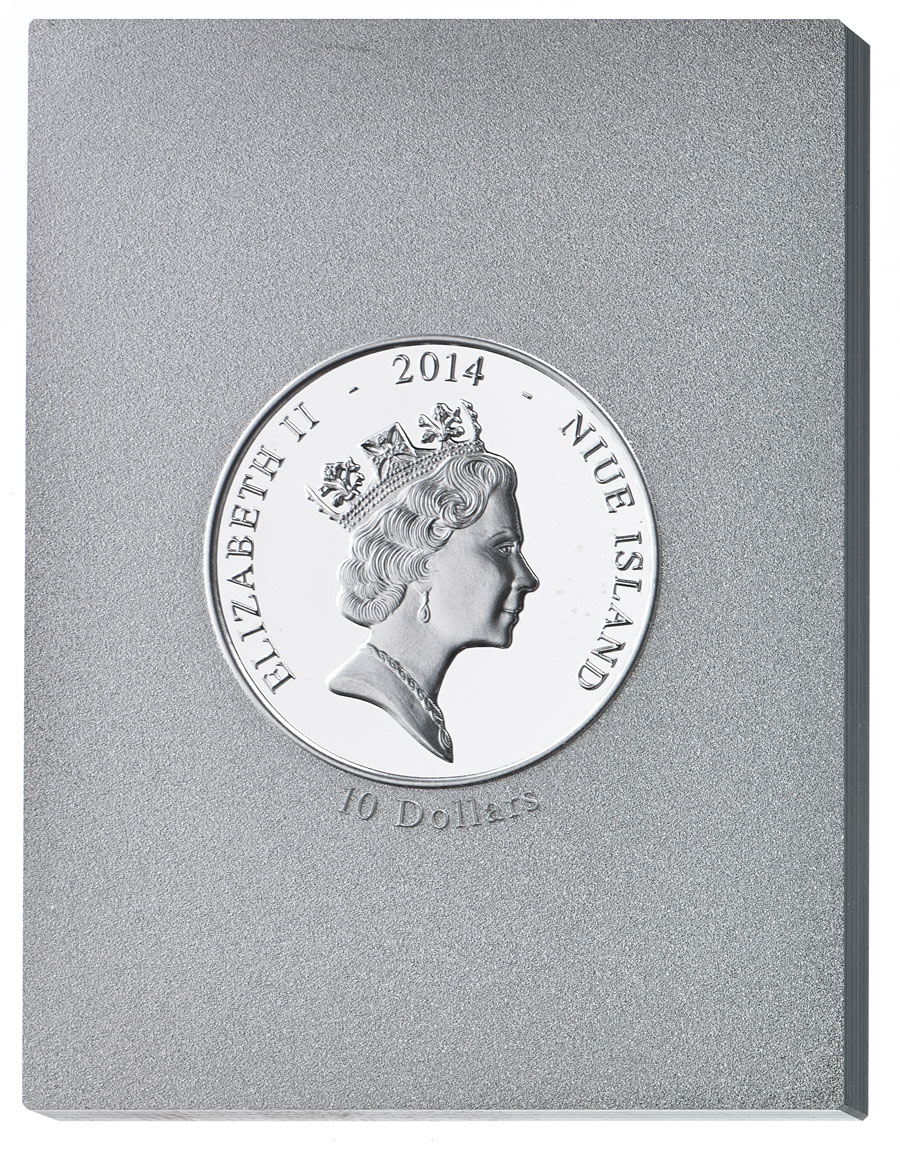

Leave A Comment